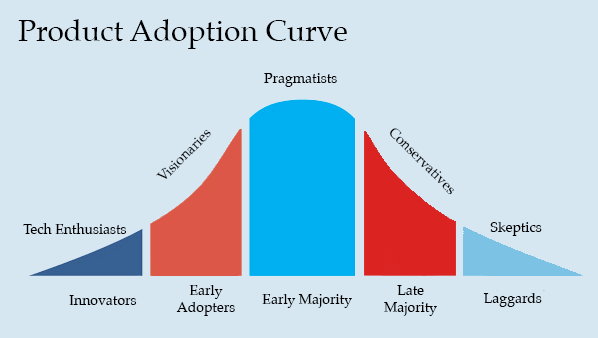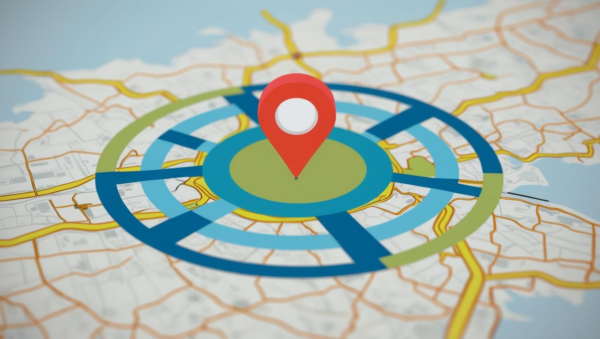
How Driverless Cars Will Bring People to Your Dealership
Amidst the uncertainty about what driverless cars will mean for our roads and dealerships, we do know one thing: People are intrigued.
Whether they’re skeptical or eagerly waiting for the tech to become available, the public is keeping an eye on developments in the world of autonomous driving.
And with the right strategy, that’s going to mean more visitors to your dealership.
Dealerships and Driverless Cars
If you’ve been keeping up with our blog series on how driverless cars will affect auto dealerships, our last post might have made you nervous. If driverless cars can be purchased online, where does that leave your store?
But the emerging world of autonomous cars might be one of the best motivators to come visit your store that people have had in years.
Catch up on our driverless car blog series:
- “How Soon Will Driverless Cars Get Here — And What Should Dealers Do About It?”
- “Driverless Car Companies for Dealers to Watch”
- “Will Driverless Vehicles be Purchased Online?”
Early Adopters for Autonomous Cars
Some dealers are going to feel a temptation to downplay driverless cars. The majority of the public will certainly be nervous about them out of the gate, so a lot of stores will want to play it safe until sentiment shifts.
But the smartest dealers are going to lean into this transportation evolution — and they’ll be glad they did. Driverless cars are going to be greeted by a clamor of public interest.
And if your dealership has done its job of fostering that anticipation, that will mean visits to your store.
Early Adopters and the Product Adoption Curve
The trick is to think of driverless vehicles in the right context. Autonomous cars aren’t going to be just another Ford or Subaru with a new feature. They should be marketed and talked about as a new product altogether.
And thinking of driverless cars as a new product allows us to plot their acceptance on the product adoption curve.

According to this curve, tech enthusiasts will work out how the product operates and warm others to the idea. People who see the value or benefit the product affords — early adopters — will jump aboard. Eventually, a bulk of the market will join after seeing early adopters find success.
Then, the rest of the community may or may not trickle in. But you don’t have to worry about them. You only have to worry about the early adopters.
Early Adopters and the Autonomous Movement
The intrigue of a new way to travel is going to attract people who are ready to jump aboard the new trend (just like with the latest iPhones). Based on the earliest assessments and information available, a considerable number of people will be making the decision to go driverless.
Your job is to give those people whatever they need to make their choice.
Not all of them will be early adopters, the folks who take a leap on a new product or idea and help it find mainstream acclaim. Plenty of people will be too nervous about the safety of the technology or some other aspect and will decide not to purchase.
That’s fine. You only need to find those early adopters to gain success. Your marketing team needs to ask who is most likely to dive in on driverless tech — and then determine how best to target them.
Decision Makers and Trendsetters
Once your brands do have driverless technology available, get those early adopters on your lot to see it.
You can do that by offering demos and test drives, of course, but think deeper than that.
Invite early adopters with targeted Facebook campaigns. Demonstrate your expertise with engaging blog content. Encourage visitors to share their experience with tools like Snapchat — and maybe do the same yourself!
The main thing is to give people all the info they want, and let them make the choice. Trust your product.
If you are able to win their support, they’ll start motivating other people in their circles to let go of the wheel — and they’ll remember how helpful you were when they’re making recommendations for driverless car dealers!
Bracing for Driverless Shoppers
Of course, we aren’t ready for driverless shoppers yet. But in the next couple of years, you’ll want to think about how to connect with the prime audience for autonomous vehicles.






